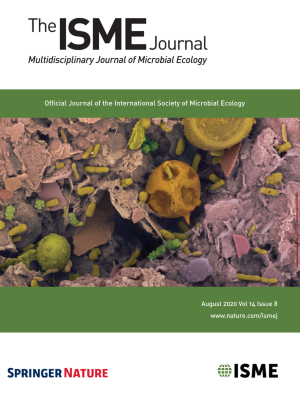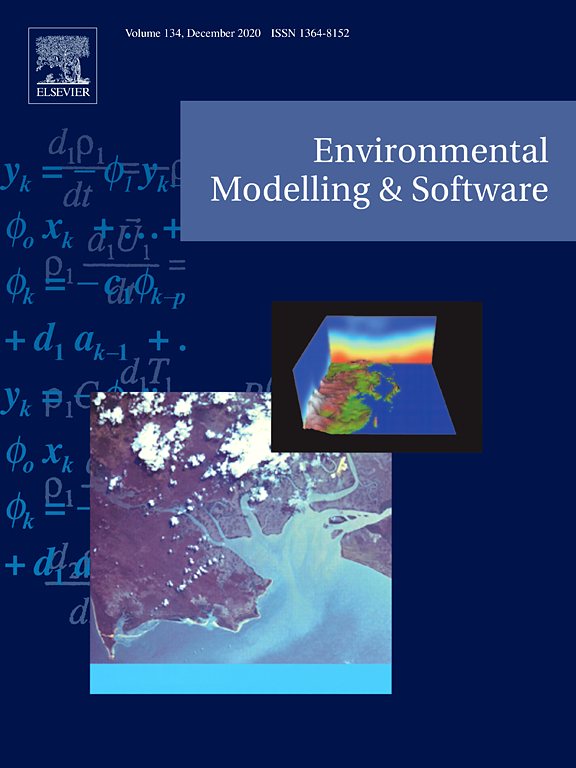- Topic:Environmental change
Depth-discrete metagenomics reveals the roles of microbes in biogeochemical cycling in the tropical freshwater Lake Tanganyika
The authors profiled the microbial community in Lake Tanganyika down to a kilometer deep and investigated their role in biogeochemical cycling. The microbial community in the surface waters was not all that different from a temperate lake, the anoxic water contained high abundances of Archaea (30%) and uncultured candidate phyla with high genomic capacity for nitrogen and sulfur cycling.
Performance of one-dimensional hydrodynamic lake models during short-term extreme weather events
Little is known about the accuracy of numerical lake models during short-term events. Three 1D lake models reproduced the overall impacts of storms and heatwaves well. Timing of effects was simulated accurately and there was little consistent bias. Uncertainty in simulations increased during extremes compared to reference periods.
The combined effects of climate change and river fragmentation on the distribution of Andean Amazon fishes
Combining species distribution models and functional traits of Andean Amazon fishes, coupled with dam locations and climatic projections, the authors evaluated the potential impacts of future climate on species ranges, investigated the combined impact of river fragmentation and climate change and tested the relationships between these impacts and species functional traits.
The complexity of urban eco-evolutionary dynamics
Urbanization is a complex process that impacts both the ecology and evolution of species. The researchers identified five key urban drivers of this change and highlight the direct consequences of urbanization-driven eco-evolutionary change for nature’s contributions to people. They subsequently explored five emerging complexities that need to be tackled in future research.
Urbanization drives cross-taxon declines in abundance and diversity at multiple spatial scales
This comprehensive study analyses the relationship between urbanization and biodiversity across multiple aquatic and terrestrial animal groups and at multiple spatial scales. The study reveals an overall strong negative impact of urbanization on both abundance and species richness within habitat patches. The study highlights the importance of considering multiple spatial scales and taxa.
Performance of one-dimensional hydrodynamic lake models during short-term extreme weather events
Three 1D lake models reproduced the overall impacts of storms and heatwaves well. The timing of effects was simulated accurately. Uncertainty in simulations increased during extremes compared to reference periods. Increased uncertainty should be kept in mind when applying models to extreme events.
Long-term warming destabilizes aquatic ecosystems through weakening biodiversity-mediated causal networks
Climate change destabilizes aquatic ecosystems through weakening the interactions between species richness and biomass of phytoplankton and the chemical and physical environmental factors. This is the conclusion of a study on long-term data series of 10 aquatic ecosystems using the convergent cross mapping (CCM) method.
Global CO2 emissions from dry inland waters share common drivers across ecosystems
Generally, calculations that scale up carbon dioxide emissions from land and water surface areas do not take into account that inland waters dry out intermittently. This means that the actual emissions from inland waters have been significantly underestimated.







